ENGLISH INTONATION 1. The

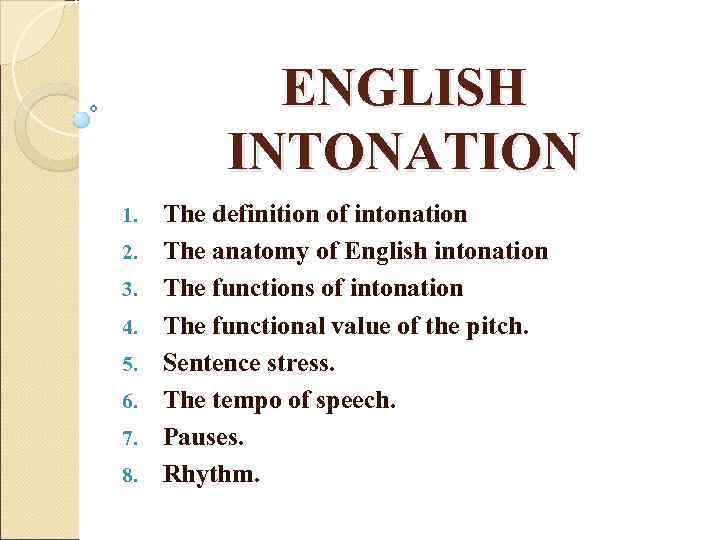
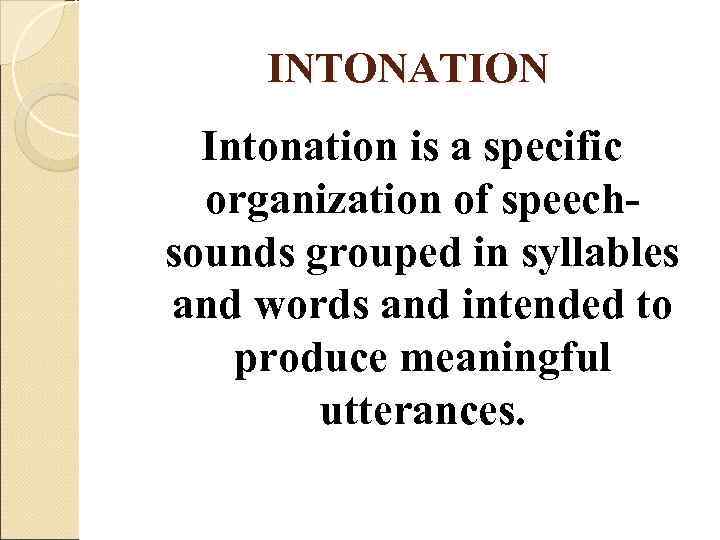
![DEFINITION to superimpose [ su: pr. Im pq. Vz] DEFINITION to superimpose [ su: pr. Im pq. Vz]](https://present5.com/presentation/3/166147877_445960782.pdf-img/166147877_445960782.pdf-3.jpg)
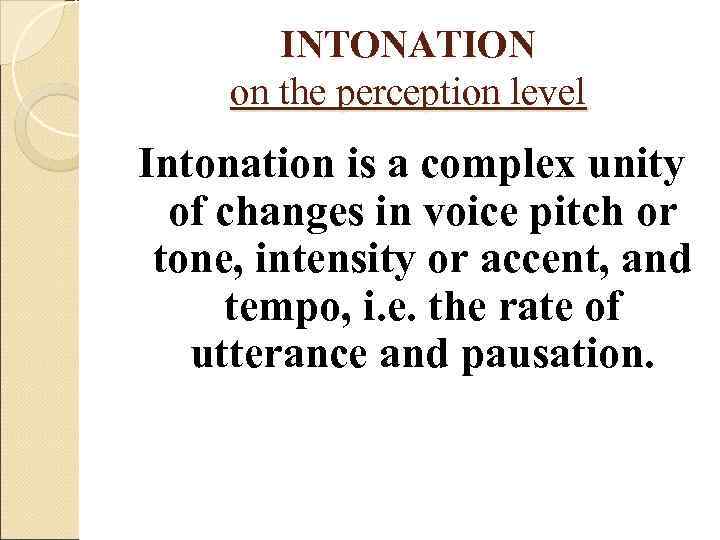
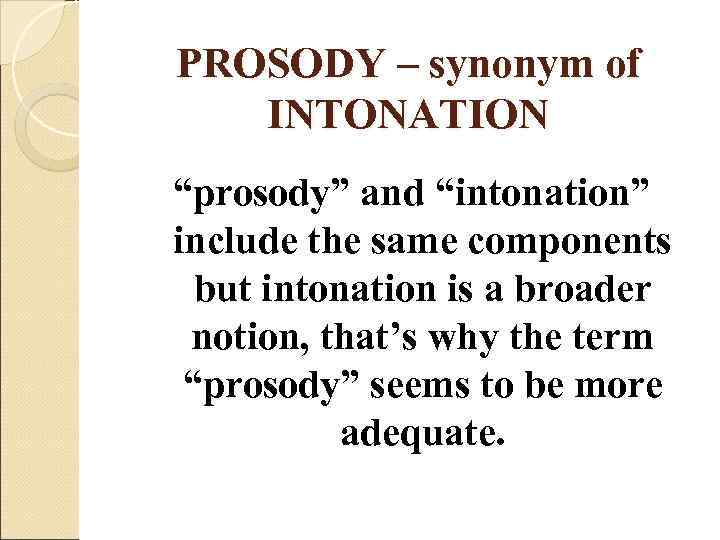
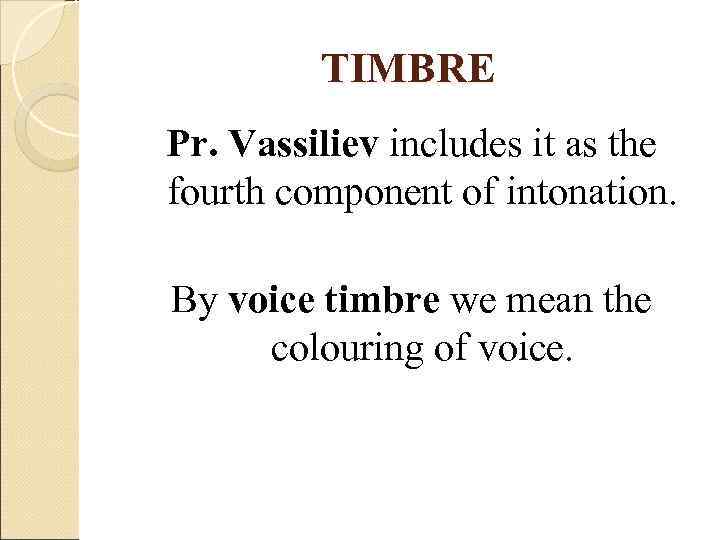
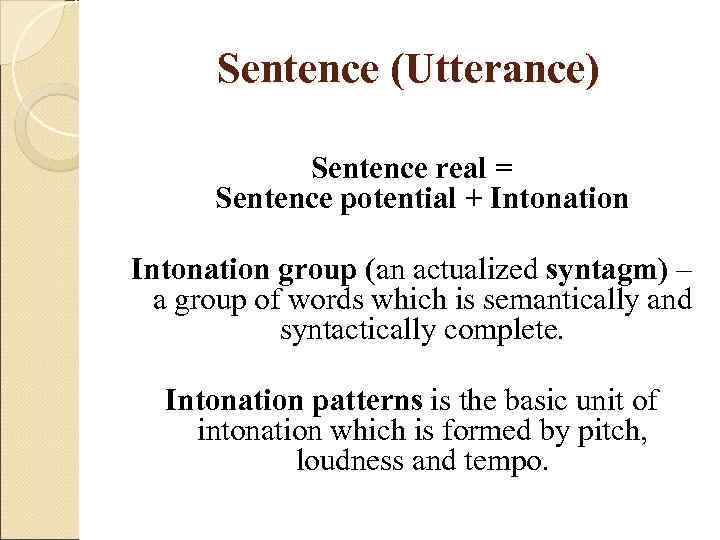
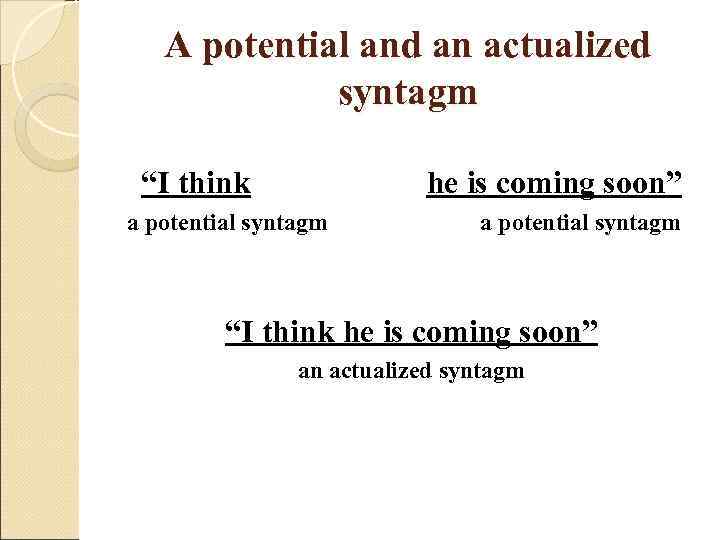
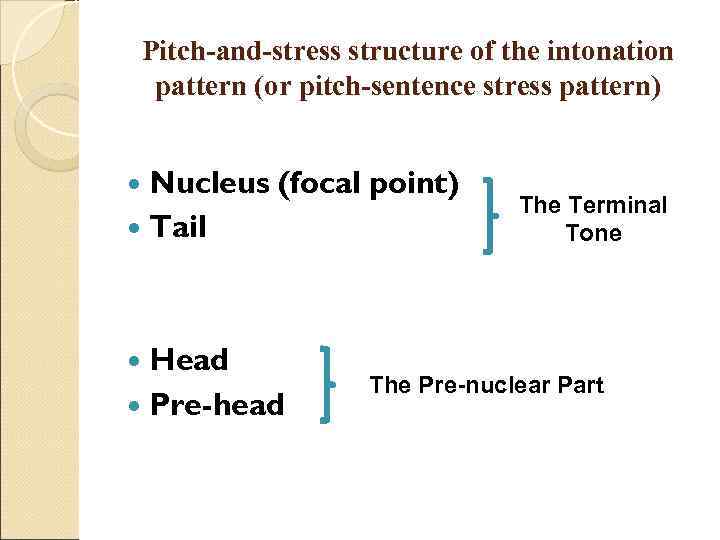
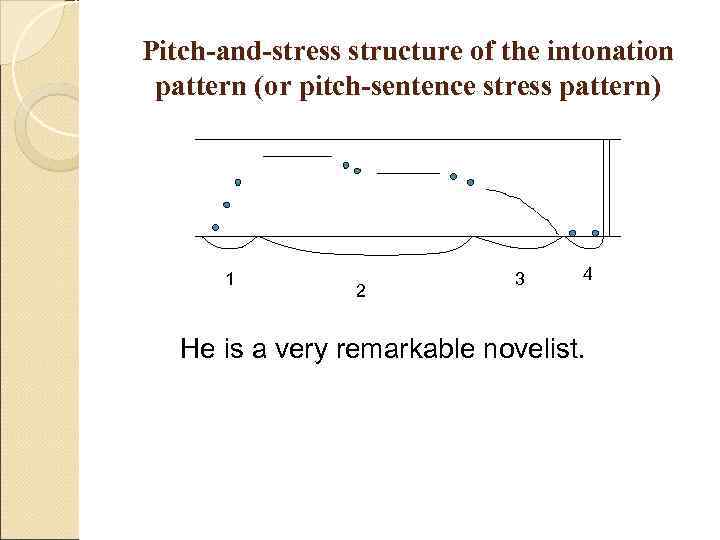
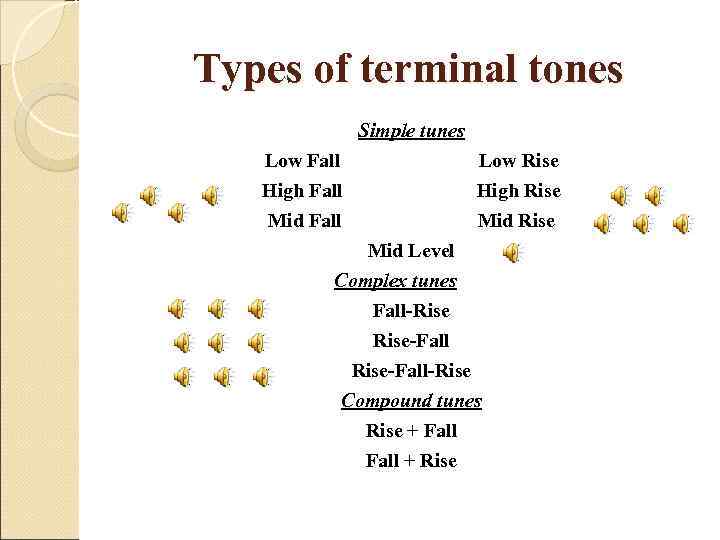

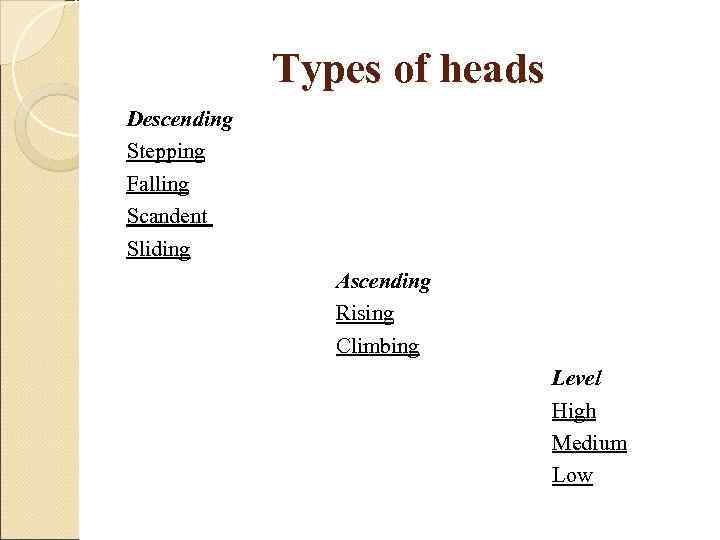

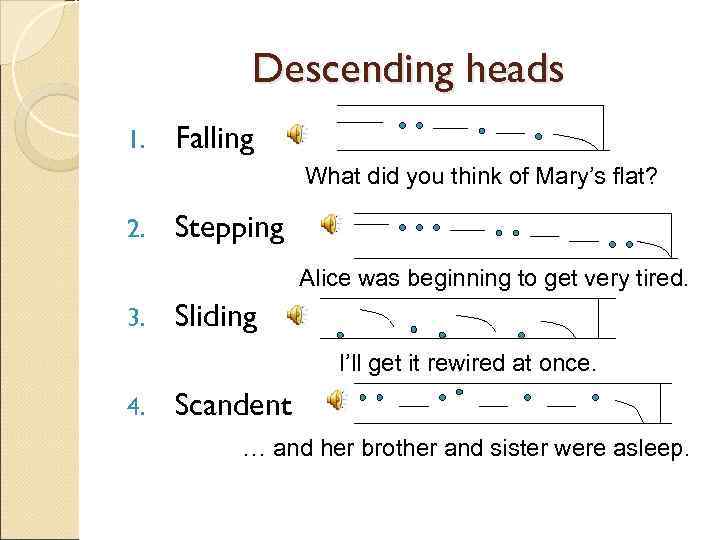
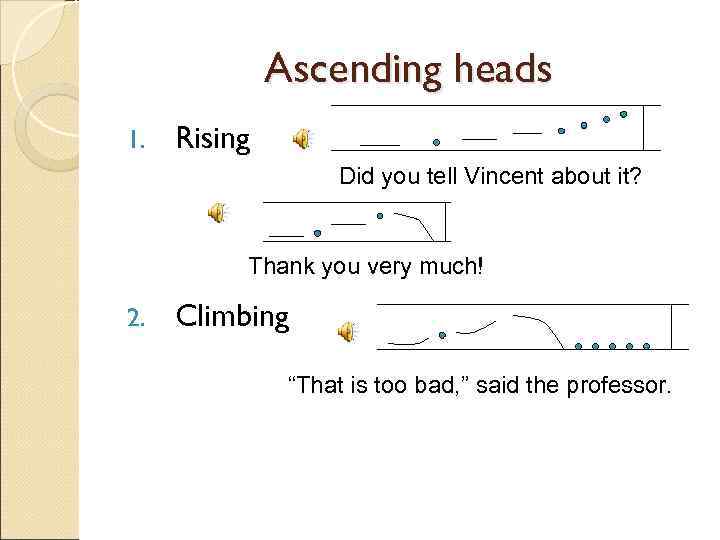
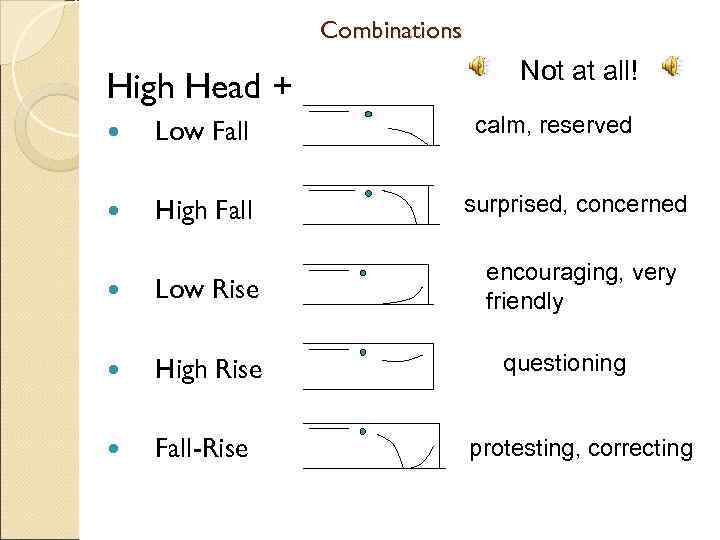
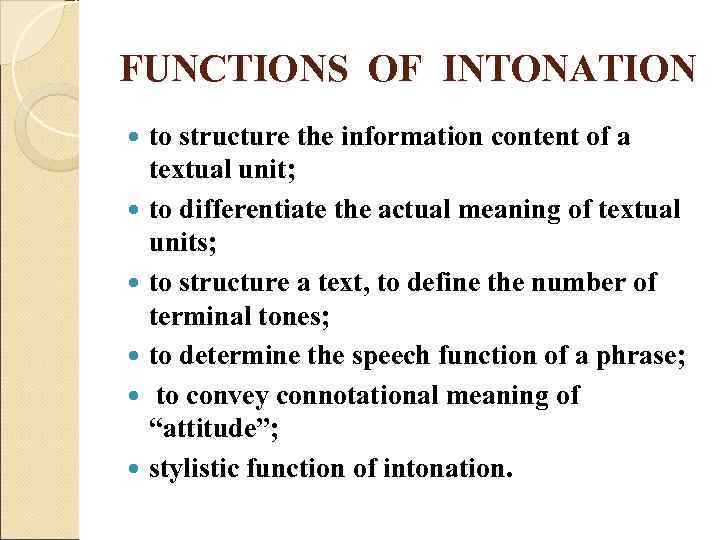
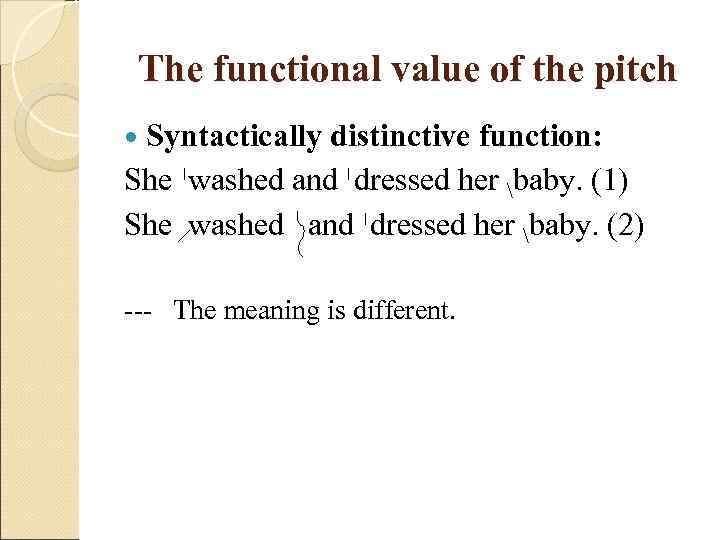
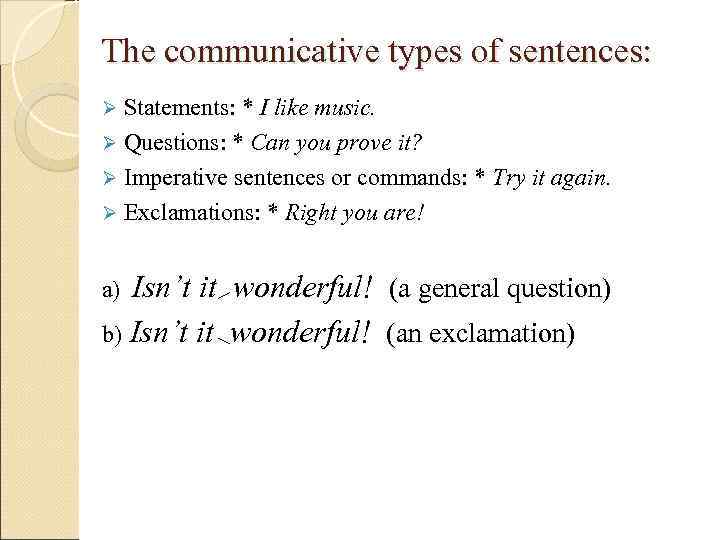
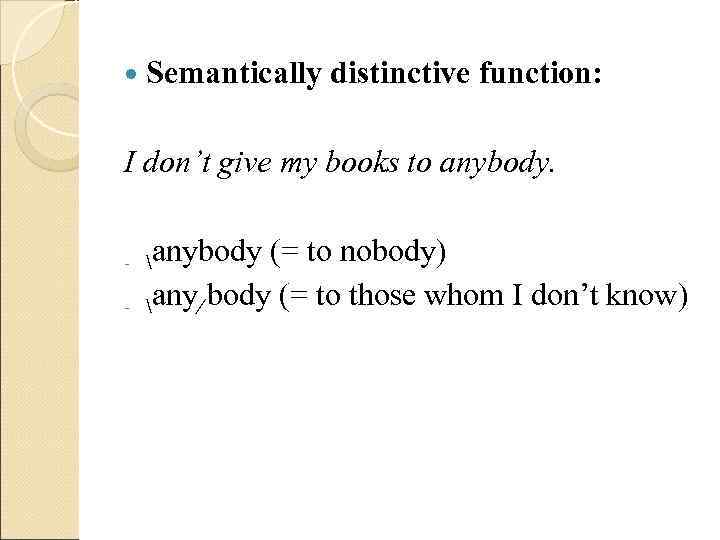
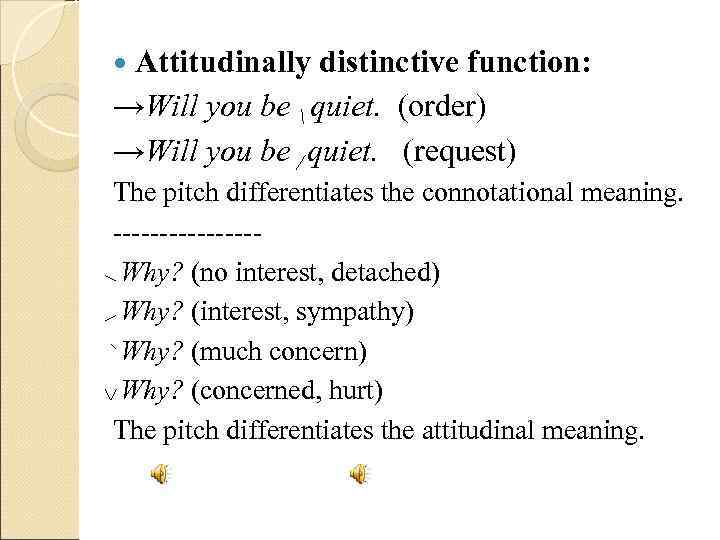
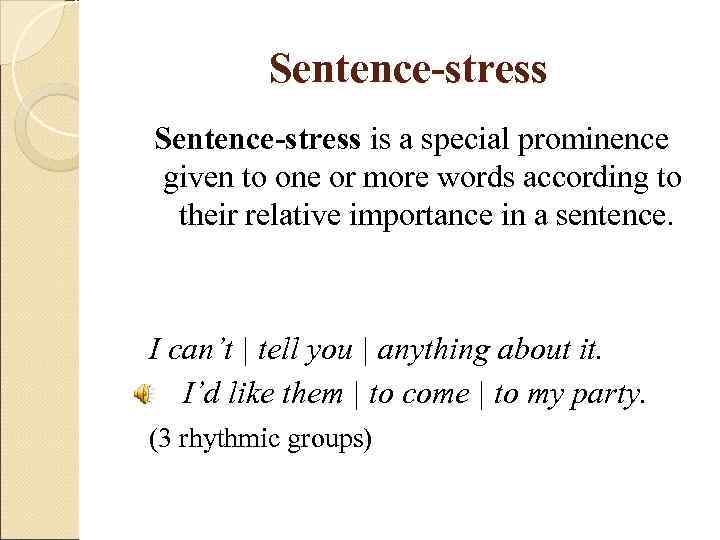
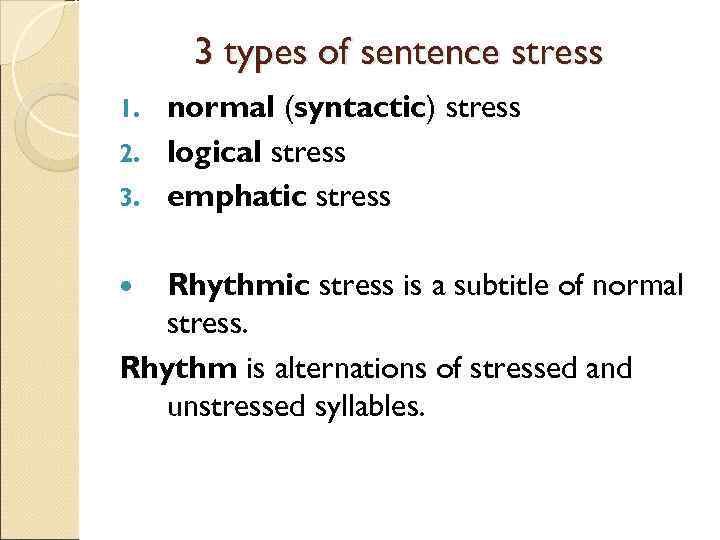
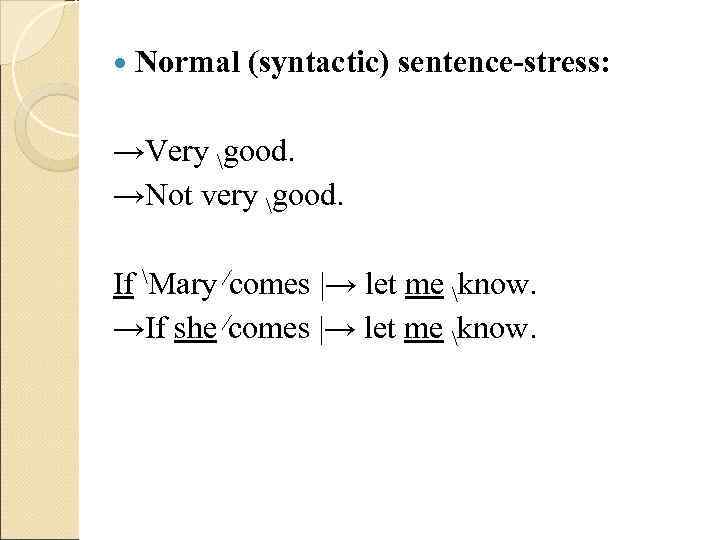
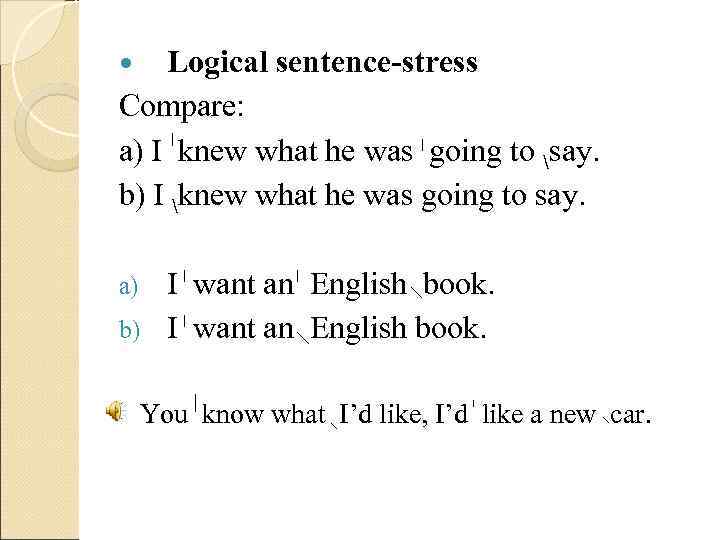
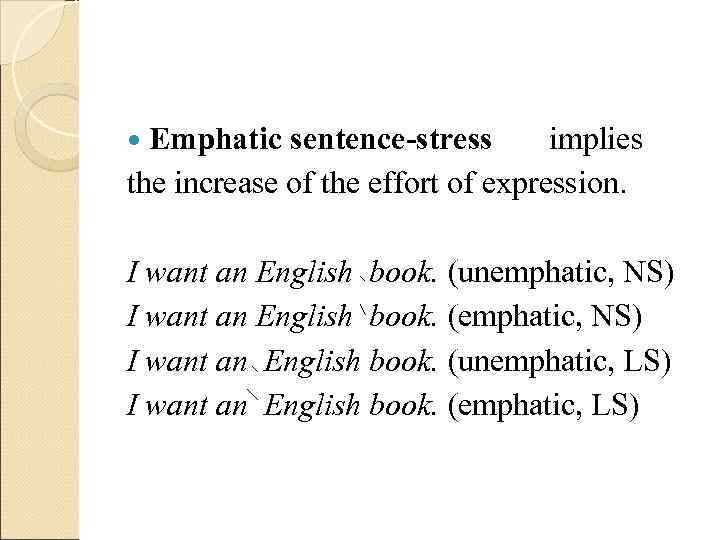
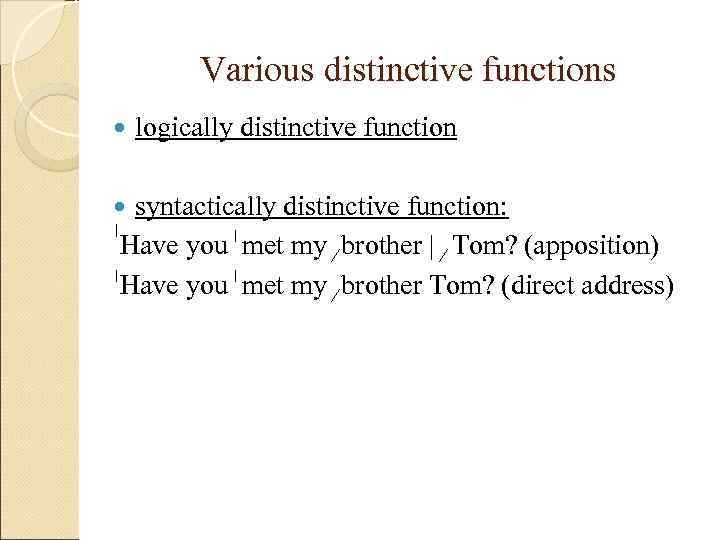
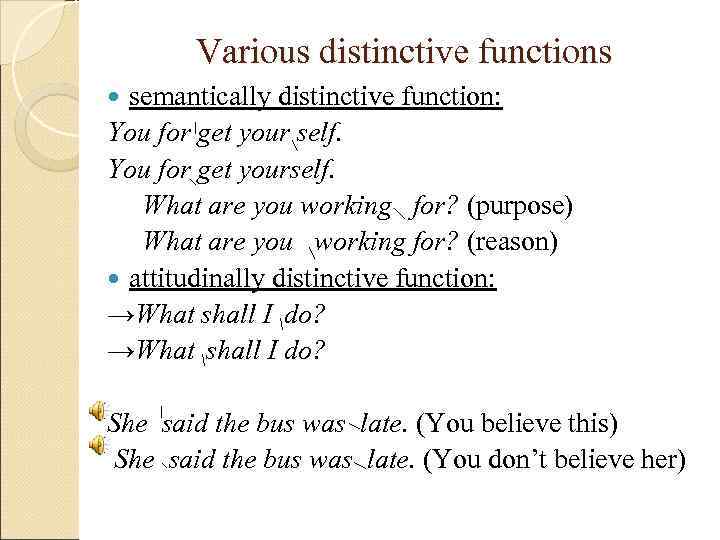
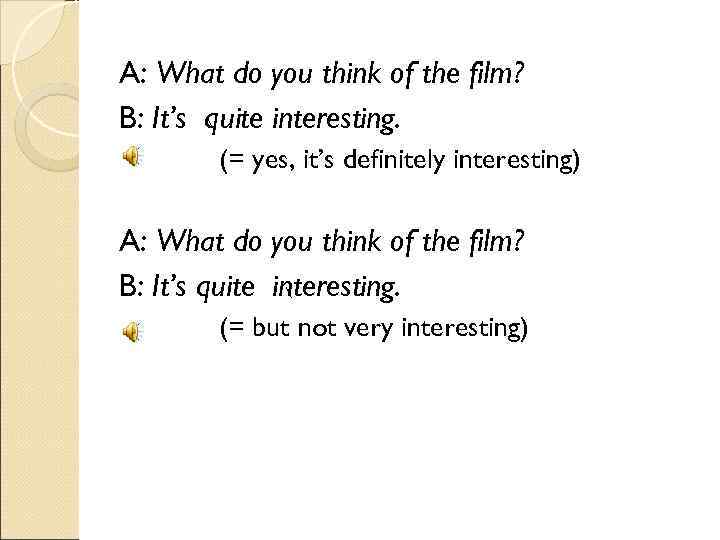
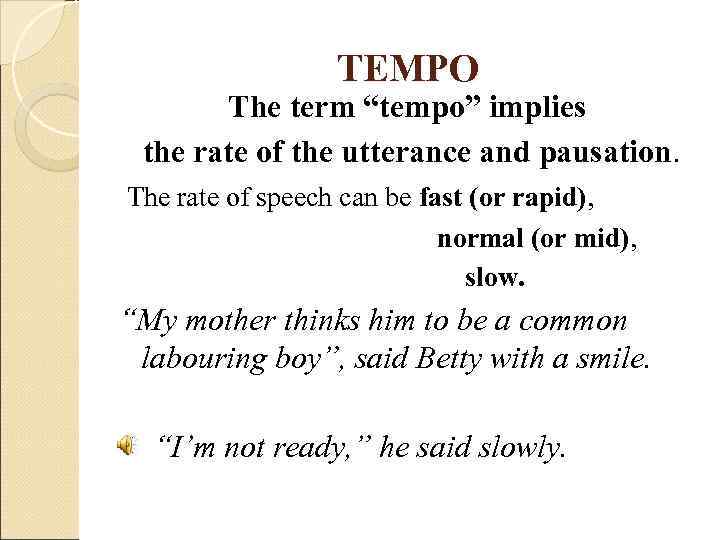
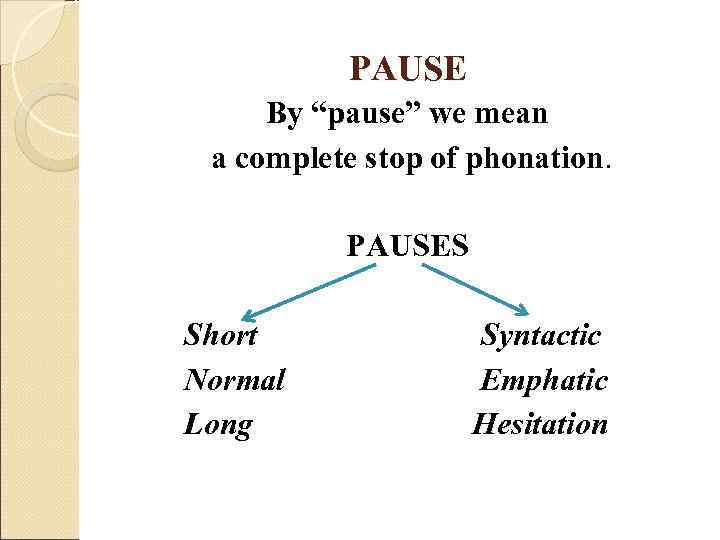
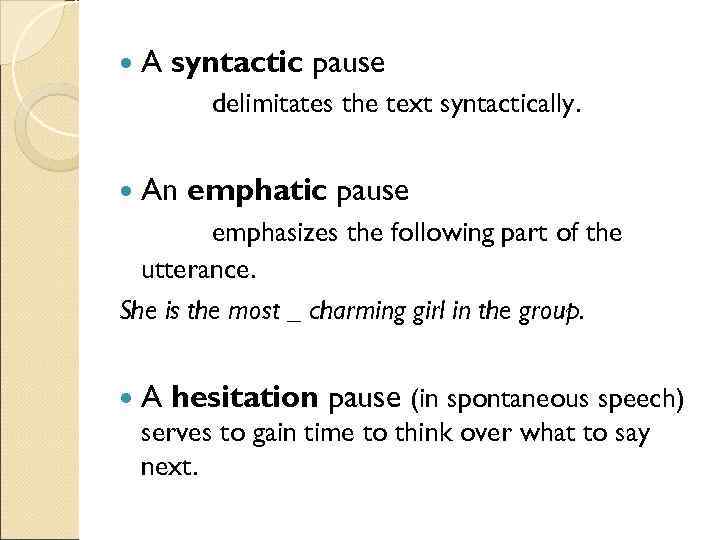
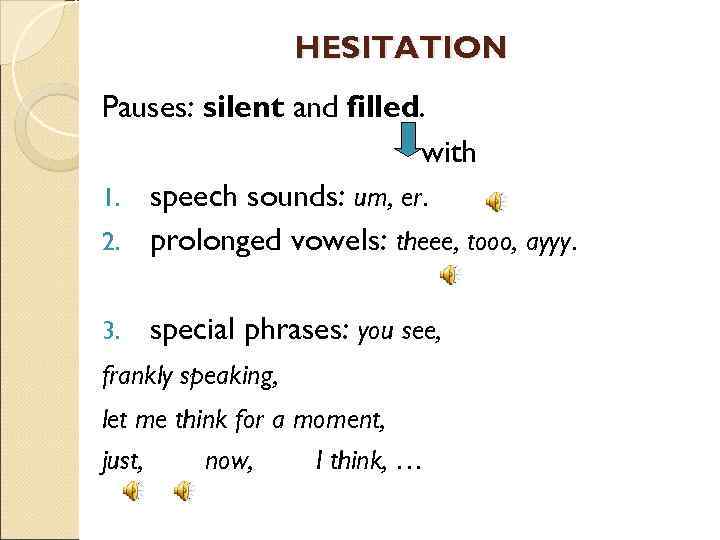
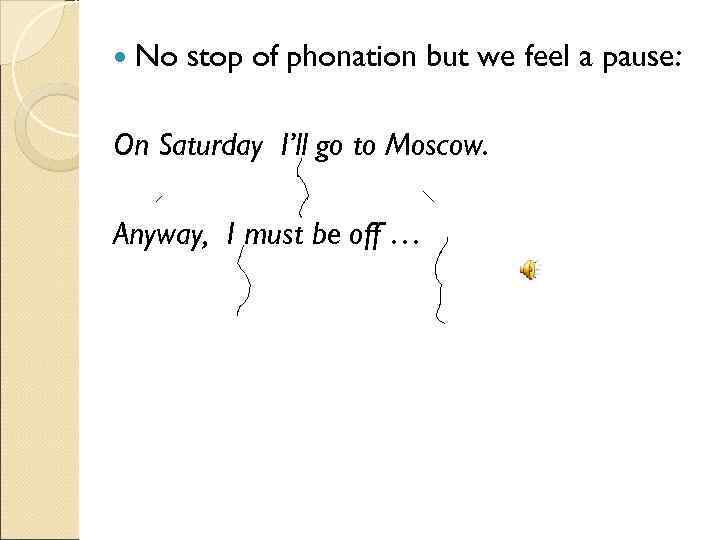
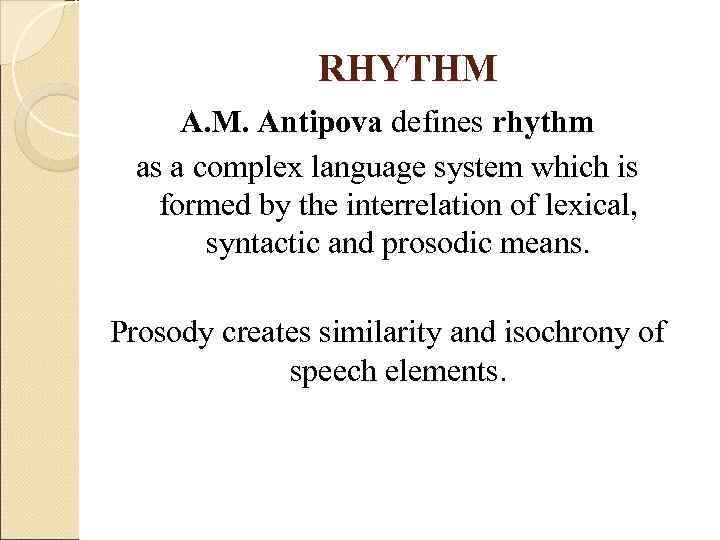
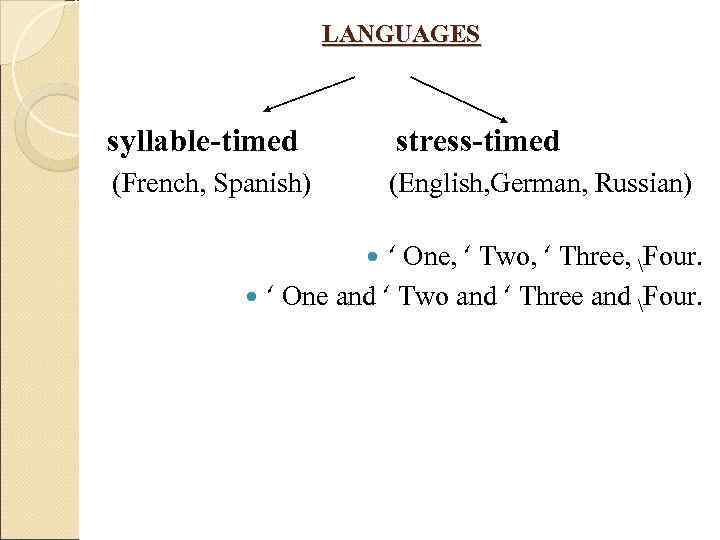
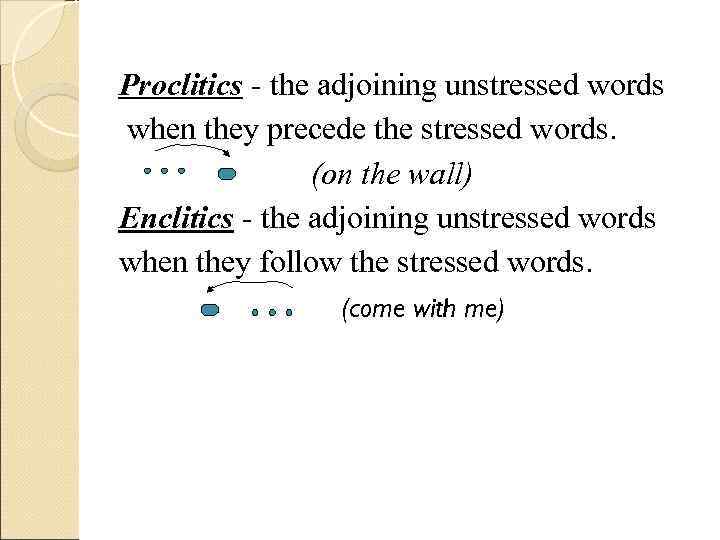
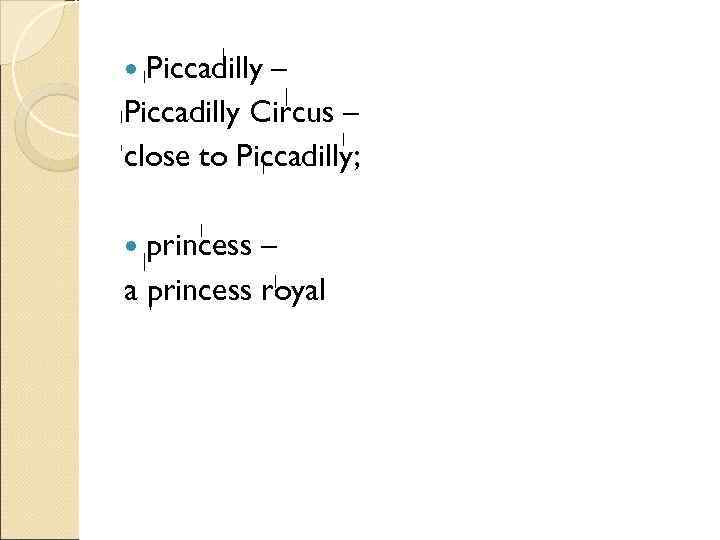
 ENGLISH INTONATION 1. The definition of intonation 2. The anatomy of English intonation 3. The functions of intonation 4. The functional value of the pitch. 5. Sentence stress. 6. The tempo of speech. 7. Pauses. 8. Rhythm.
ENGLISH INTONATION 1. The definition of intonation 2. The anatomy of English intonation 3. The functions of intonation 4. The functional value of the pitch. 5. Sentence stress. 6. The tempo of speech. 7. Pauses. 8. Rhythm.
 INTONATION Intonation is a specific organization of speech- sounds grouped in syllables and words and intended to produce meaningful utterances.
INTONATION Intonation is a specific organization of speech- sounds grouped in syllables and words and intended to produce meaningful utterances.
![> DEFINITION to superimpose [ su: pr. Im pq. Vz] > DEFINITION to superimpose [ su: pr. Im pq. Vz]](https://present5.com/presentation/3/166147877_445960782.pdf-img/166147877_445960782.pdf-3.jpg) DEFINITION to superimpose [ su: pr. Im pq. Vz] inherit [In her. It] prosody[ pr. Psqdi]: pitch, loudness, tempo timbre [ txmbrq] non-entity utterance
DEFINITION to superimpose [ su: pr. Im pq. Vz] inherit [In her. It] prosody[ pr. Psqdi]: pitch, loudness, tempo timbre [ txmbrq] non-entity utterance
 INTONATION on the perception level Intonation is a complex unity of changes in voice pitch or tone, intensity or accent, and tempo, i. e. the rate of utterance and pausation.
INTONATION on the perception level Intonation is a complex unity of changes in voice pitch or tone, intensity or accent, and tempo, i. e. the rate of utterance and pausation.
 PROSODY – synonym of INTONATION “prosody” and “intonation” include the same components but intonation is a broader notion, that’s why the term “prosody” seems to be more adequate.
PROSODY – synonym of INTONATION “prosody” and “intonation” include the same components but intonation is a broader notion, that’s why the term “prosody” seems to be more adequate.
 TIMBRE Pr. Vassiliev includes it as the fourth component of intonation. By voice timbre we mean the colouring of voice.
TIMBRE Pr. Vassiliev includes it as the fourth component of intonation. By voice timbre we mean the colouring of voice.
 Sentence (Utterance) Sentence real = Sentence potential + Intonation group (an actualized syntagm) – a group of words which is semantically and syntactically complete. Intonation patterns is the basic unit of intonation which is formed by pitch, loudness and tempo.
Sentence (Utterance) Sentence real = Sentence potential + Intonation group (an actualized syntagm) – a group of words which is semantically and syntactically complete. Intonation patterns is the basic unit of intonation which is formed by pitch, loudness and tempo.
 A potential and an actualized syntagm “I think he is coming soon” a potential syntagm “I think he is coming soon” an actualized syntagm
A potential and an actualized syntagm “I think he is coming soon” a potential syntagm “I think he is coming soon” an actualized syntagm
 Pitch-and-stress structure of the intonation pattern (or pitch-sentence stress pattern) Nucleus (focal point) The Terminal Tail Tone Head The Pre-nuclear Part Pre-head
Pitch-and-stress structure of the intonation pattern (or pitch-sentence stress pattern) Nucleus (focal point) The Terminal Tail Tone Head The Pre-nuclear Part Pre-head
 Pitch-and-stress structure of the intonation pattern (or pitch-sentence stress pattern) 1 3 4 2 He is a very remarkable novelist.
Pitch-and-stress structure of the intonation pattern (or pitch-sentence stress pattern) 1 3 4 2 He is a very remarkable novelist.
 Types of terminal tones Simple tunes Low Fall Low Rise High Fall High Rise Mid Fall Mid Rise Mid Level Complex tunes Fall-Rise Rise-Fall-Rise Compound tunes Rise + Fall Fall + Rise
Types of terminal tones Simple tunes Low Fall Low Rise High Fall High Rise Mid Fall Mid Rise Mid Level Complex tunes Fall-Rise Rise-Fall-Rise Compound tunes Rise + Fall Fall + Rise
 Types of pre-heads Zero pre-head Low pre-head Good morning! High pre-head Hello!
Types of pre-heads Zero pre-head Low pre-head Good morning! High pre-head Hello!
 Types of heads Descending Stepping Falling Scandent Sliding Ascending Rising Climbing Level High Medium Low
Types of heads Descending Stepping Falling Scandent Sliding Ascending Rising Climbing Level High Medium Low
 Level Heads 1. Low All right! 2. High Who ever saw … 3. Medium What’s your favourite colour?
Level Heads 1. Low All right! 2. High Who ever saw … 3. Medium What’s your favourite colour?
 Descending heads 1. Falling What did you think of Mary’s flat? 2. Stepping Alice was beginning to get very tired. 3. Sliding I’ll get it rewired at once. 4. Scandent … and her brother and sister were asleep.
Descending heads 1. Falling What did you think of Mary’s flat? 2. Stepping Alice was beginning to get very tired. 3. Sliding I’ll get it rewired at once. 4. Scandent … and her brother and sister were asleep.
 Ascending heads 1. Rising Did you tell Vincent about it? Thank you very much! 2. Climbing “That is too bad, ” said the professor.
Ascending heads 1. Rising Did you tell Vincent about it? Thank you very much! 2. Climbing “That is too bad, ” said the professor.
 Combinations Not at all! High Head + Low Fall calm, reserved High Fall surprised, concerned encouraging, very Low Rise friendly High Rise questioning Fall-Rise protesting, correcting
Combinations Not at all! High Head + Low Fall calm, reserved High Fall surprised, concerned encouraging, very Low Rise friendly High Rise questioning Fall-Rise protesting, correcting
 FUNCTIONS OF INTONATION to structure the information content of a textual unit; to differentiate the actual meaning of textual units; to structure a text, to define the number of terminal tones; to determine the speech function of a phrase; to convey connotational meaning of “attitude”; stylistic function of intonation.
FUNCTIONS OF INTONATION to structure the information content of a textual unit; to differentiate the actual meaning of textual units; to structure a text, to define the number of terminal tones; to determine the speech function of a phrase; to convey connotational meaning of “attitude”; stylistic function of intonation.
 The functional value of the pitch Syntacticallydistinctive function: She washed and dressed her baby. (1) She washed and dressed her baby. (2) --- The meaning is different.
The functional value of the pitch Syntacticallydistinctive function: She washed and dressed her baby. (1) She washed and dressed her baby. (2) --- The meaning is different.
 The communicative types of sentences: Ø Statements: * I like music. Ø Questions: * Can you prove it? Ø Imperative sentences or commands: * Try it again. Ø Exclamations: * Right you are! a) Isn’tit wonderful! (a general question) b) Isn’t it wonderful! (an exclamation)
The communicative types of sentences: Ø Statements: * I like music. Ø Questions: * Can you prove it? Ø Imperative sentences or commands: * Try it again. Ø Exclamations: * Right you are! a) Isn’tit wonderful! (a general question) b) Isn’t it wonderful! (an exclamation)
 Semantically distinctive function: I don’t give my books to anybody. - anybody (= to nobody) - any⁄ body (= to those whom I don’t know)
Semantically distinctive function: I don’t give my books to anybody. - anybody (= to nobody) - any⁄ body (= to those whom I don’t know)
 Attitudinally distinctive function: →Will you be quiet. (order) →Will you be ⁄ quiet. (request) The pitch differentiates the connotational meaning. -------- Why? (no interest, detached) Why? (interest, sympathy) Why? (much concern) Why? (concerned, hurt) The pitch differentiates the attitudinal meaning.
Attitudinally distinctive function: →Will you be quiet. (order) →Will you be ⁄ quiet. (request) The pitch differentiates the connotational meaning. -------- Why? (no interest, detached) Why? (interest, sympathy) Why? (much concern) Why? (concerned, hurt) The pitch differentiates the attitudinal meaning.
 Sentence-stress is a special prominence given to one or more words according to their relative importance in a sentence. I can’t | tell you | anything about it. I’d like them | to come | to my party. (3 rhythmic groups)
Sentence-stress is a special prominence given to one or more words according to their relative importance in a sentence. I can’t | tell you | anything about it. I’d like them | to come | to my party. (3 rhythmic groups)
 3 types of sentence stress 1. normal (syntactic) stress 2. logical stress 3. emphatic stress Rhythmic stress is a subtitle of normal stress. Rhythm is alternations of stressed and unstressed syllables.
3 types of sentence stress 1. normal (syntactic) stress 2. logical stress 3. emphatic stress Rhythmic stress is a subtitle of normal stress. Rhythm is alternations of stressed and unstressed syllables.
 Normal (syntactic) sentence-stress: →Very good. →Not very good. If Mary ⁄comes |→ let me know. →If she ⁄comes |→ let me know.
Normal (syntactic) sentence-stress: →Very good. →Not very good. If Mary ⁄comes |→ let me know. →If she ⁄comes |→ let me know.
 Logical sentence-stress Compare: a) I knew what he was going to say. b) I knew what he was going to say. a) I want an English book. b) I want an English book. You know what I’d like, I’d like a new car.
Logical sentence-stress Compare: a) I knew what he was going to say. b) I knew what he was going to say. a) I want an English book. b) I want an English book. You know what I’d like, I’d like a new car.
 Emphatic sentence-stress implies the increase of the effort of expression. I want an English book. (unemphatic, NS) I want an English book. (unemphatic, LS) I want an English book. (emphatic, LS)
Emphatic sentence-stress implies the increase of the effort of expression. I want an English book. (unemphatic, NS) I want an English book. (unemphatic, LS) I want an English book. (emphatic, LS)
 Various distinctive functions logically distinctive function syntactically distinctive function: Have you met my ⁄ brother | ⁄ Tom? (apposition) Have you met my ⁄ brother Tom? (direct address)
Various distinctive functions logically distinctive function syntactically distinctive function: Have you met my ⁄ brother | ⁄ Tom? (apposition) Have you met my ⁄ brother Tom? (direct address)
 Various distinctive functions semantically distinctive function: You for get your self. You for get yourself. What are you working for? (purpose) What are you working for? (reason) attitudinally distinctive function: →What shall I do? →What shall I do? She said the bus was late. (You believe this) She said the bus was late. (You don’t believe her)
Various distinctive functions semantically distinctive function: You for get your self. You for get yourself. What are you working for? (purpose) What are you working for? (reason) attitudinally distinctive function: →What shall I do? →What shall I do? She said the bus was late. (You believe this) She said the bus was late. (You don’t believe her)
 A: What do you think of the film? B: It’s quite interesting. (= yes, it’s definitely interesting) A: What do you think of the film? B: It’s quite interesting. (= but not very interesting)
A: What do you think of the film? B: It’s quite interesting. (= yes, it’s definitely interesting) A: What do you think of the film? B: It’s quite interesting. (= but not very interesting)
 TEMPO The term “tempo” implies the rate of the utterance and pausation. The rate of speech can be fast (or rapid), normal (or mid), slow. “My mother thinks him to be a common labouring boy”, said Betty with a smile. “I’m not ready, ” he said slowly.
TEMPO The term “tempo” implies the rate of the utterance and pausation. The rate of speech can be fast (or rapid), normal (or mid), slow. “My mother thinks him to be a common labouring boy”, said Betty with a smile. “I’m not ready, ” he said slowly.
 PAUSE By “pause” we mean a complete stop of phonation. PAUSES Short Syntactic Normal Emphatic Long Hesitation
PAUSE By “pause” we mean a complete stop of phonation. PAUSES Short Syntactic Normal Emphatic Long Hesitation
 A syntactic pause delimitates the text syntactically. An emphatic pause emphasizes the following part of the utterance. She is the most _ charming girl in the group. A hesitation pause (in spontaneous speech) serves to gain time to think over what to say next.
A syntactic pause delimitates the text syntactically. An emphatic pause emphasizes the following part of the utterance. She is the most _ charming girl in the group. A hesitation pause (in spontaneous speech) serves to gain time to think over what to say next.
 HESITATION Pauses: silent and filled. with 1. speech sounds: um, er. 2. prolonged vowels: theee, tooo, ayyy. 3. special phrases: you see, frankly speaking, let me think for a moment, just, now, I think, …
HESITATION Pauses: silent and filled. with 1. speech sounds: um, er. 2. prolonged vowels: theee, tooo, ayyy. 3. special phrases: you see, frankly speaking, let me think for a moment, just, now, I think, …
 No stop of phonation but we feel a pause: On Saturday I’ll go to Moscow. Anyway, I must be off …
No stop of phonation but we feel a pause: On Saturday I’ll go to Moscow. Anyway, I must be off …
 RHYTHM A. M. Antipova defines rhythm as a complex language system which is formed by the interrelation of lexical, syntactic and prosodic means. Prosody creates similarity and isochrony of speech elements.
RHYTHM A. M. Antipova defines rhythm as a complex language system which is formed by the interrelation of lexical, syntactic and prosodic means. Prosody creates similarity and isochrony of speech elements.
 LANGUAGES syllable-timed stress-timed (French, Spanish) (English, German, Russian) ‘ One, ‘ Two, ‘ Three, Four. ‘ One and ‘ Two and ‘ Three and Four.
LANGUAGES syllable-timed stress-timed (French, Spanish) (English, German, Russian) ‘ One, ‘ Two, ‘ Three, Four. ‘ One and ‘ Two and ‘ Three and Four.
 Proclitics - the adjoining unstressed words when they precede the stressed words. (on the wall) Enclitics - the adjoining unstressed words when they follow the stressed words. (come with me)
Proclitics - the adjoining unstressed words when they precede the stressed words. (on the wall) Enclitics - the adjoining unstressed words when they follow the stressed words. (come with me)
 Piccadilly– Piccadilly Circus – close to Piccadilly; princess – a princess royal
Piccadilly– Piccadilly Circus – close to Piccadilly; princess – a princess royal

